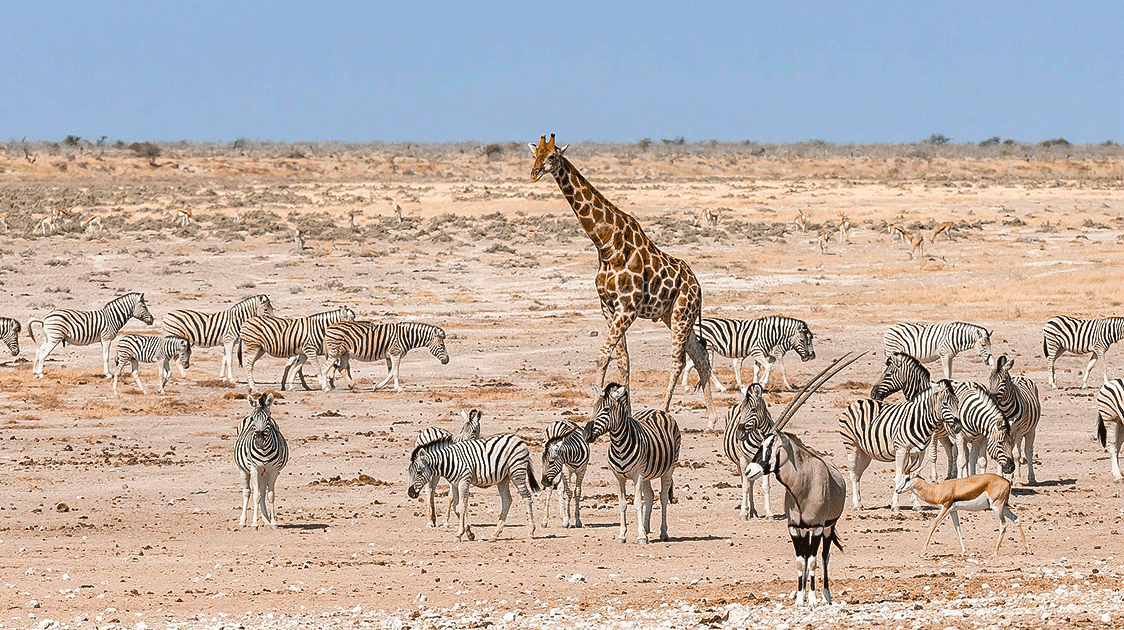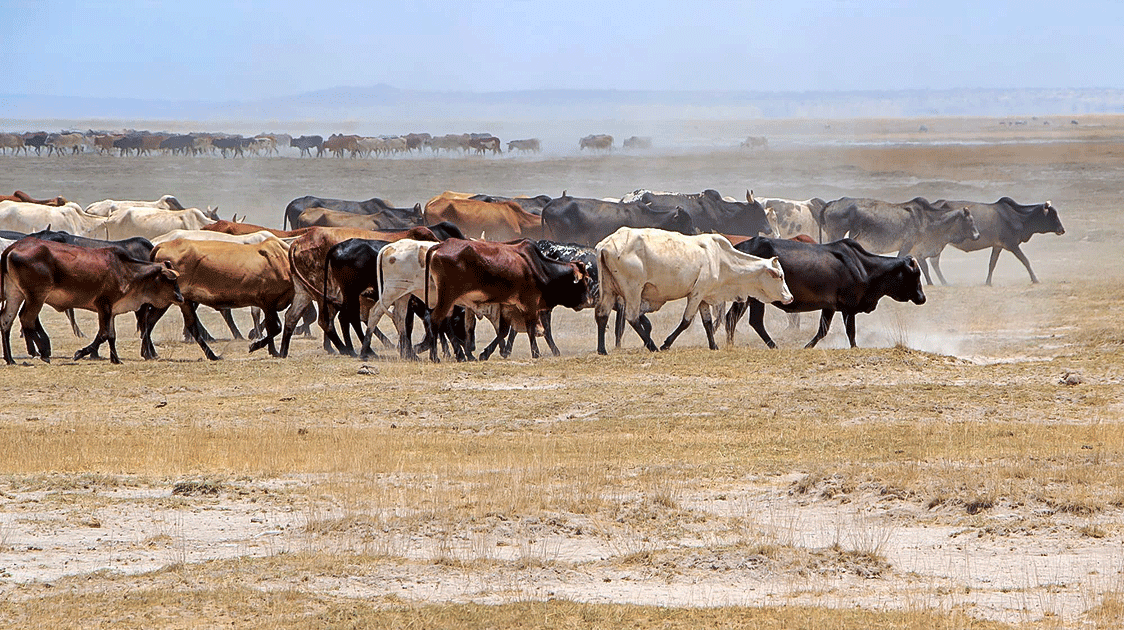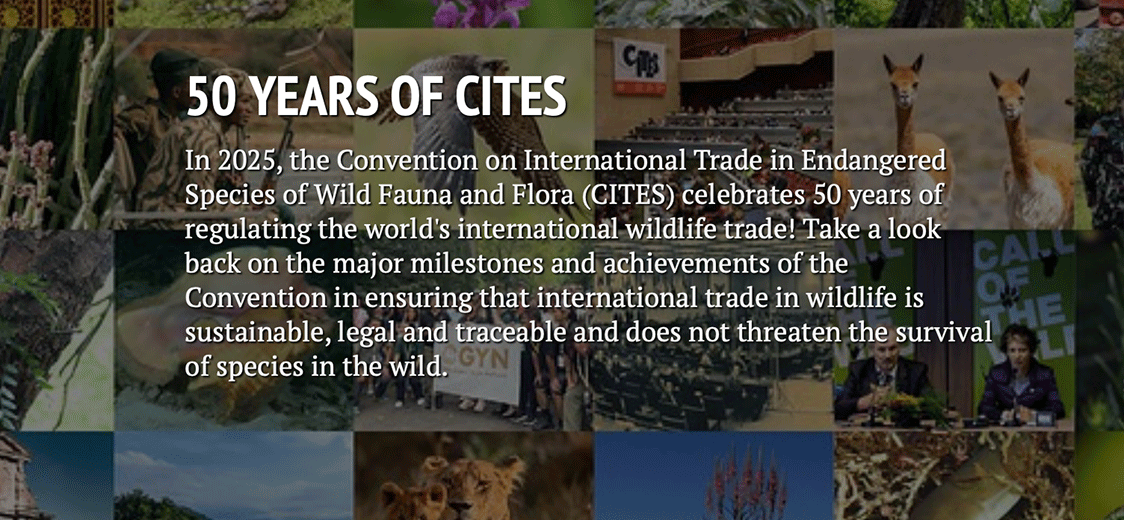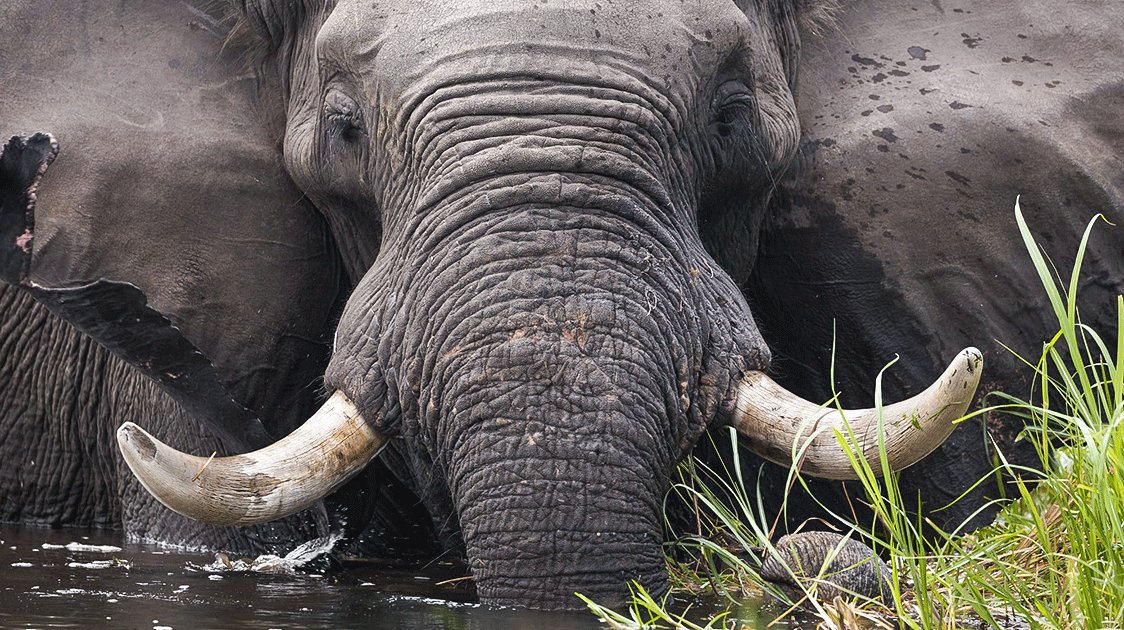Conservation vs. Livelihoods: The Complex Challenge of Wildlife Protection in Africa

In the forests of Cameroon, a single conservation program has seized 1,392 kg of bushmeat, arrested 25 poachers, and destroyed 260 hunting camps, yet hunting pressure resumes whenever enforcement resources are withdrawn.
This pattern, repeated across Africa, reveals the fundamental challenge facing wildlife conservation: economic incentives consistently outweigh protection measures when conservation efforts fail to address the underlying livelihood dependencies that drive wildlife exploitation.
The Scale of Economic Incentives
Cameroon's bushmeat sector employs approximately 552,000 people and produces around 88,000 tons annually, highlighting how inadequate enforcement enables large-scale commercial operations despite existing regulatory frameworks.
These figures represent not just individual hunters but entire economic networks, including traders, processors, transporters, and retailers.
Market analysis reveals that median poacher incomes of $48/month compare favorably to household medians of $15/month in many regions.
Women traders dominate intermediary roles (90% of marketers), building social capital systems that facilitate market access while maintaining community relationships that often prove more influential than formal regulations.
Urban markets command 50% higher extraction rates than sustainable levels in some regions, while urban bushmeat consumption increases in tandem with wealth, despite declining wildlife populations.
Research reveals that 5 tons of bushmeat are smuggled through Paris Charles de Gaulle Airport weekly, with one-third estimated to be CITES-protected species.
This international trade indicates a persistent demand that can support high-value extraction networks despite local enforcement efforts.
Legal Frameworks and Enforcement Gaps
Wildlife protection laws and conservation policies generate substantial market distortions across African bushmeat markets, though enforcement effectiveness varies dramatically by country and region.
The Central Africa Bushmeat Action Group coordinates legal frameworks across six countries; however, enforcement gaps persist despite the presence of comprehensive regulatory structures.
Legal systems create three distinct categories:
- completely banned trade,
- licensed/regulated systems, and
- de facto tolerance zones where subsistence hunting continues despite technical prohibitions.
This regulatory complexity creates confusion and enforcement challenges.
CITES regulations significantly impact pricing through supply restrictions, as 16% of bushmeat market species have IUCN Red List conservation concerns and 24% are protected by local legislation.

Protected species command premium prices in urban markets, creating artificial scarcity that drives up consumer costs while potentially increasing hunting pressure for high-value species.
Strong enforcement examples, such as Namibia's community-based conservancies, demonstrate a reduction in bushmeat hunting pressure and stable wildlife populations.
Conversely, weak enforcement in the Democratic Republic of the Congo has led to dramatic increases in the circulation of arms and higher urban bushmeat sales.
Monetary penalties often remain lower than the value of the meat, providing insufficient deterrents for commercial operators who can absorb enforcement costs as business expenses.
Ghana market studies show bushmeat prices increased "several times fold" between 1974 and 1993, suggesting regulatory scarcity effects may drive prices higher rather than reducing consumption.
Conservation Program Effectiveness
Large-scale conservation investments have yielded mixed results, despite substantial funding.
WWF programs across the Congo Basin have removed thousands of traps and destroyed numerous hunting camps; however, hunting pressure typically resumes when anti-poaching operations are withdrawn.
The Campo Ma'an program in Cameroon represents both the potential and limitations of intensive conservation efforts.
While successful in seizing substantial quantities of bushmeat and arresting poachers, the program requires continuous international funding and technical support to maintain effectiveness.
The program's 236 households benefiting from sustainable enterprises represent positive outcomes, yet the scale remains limited relative to the 552,000 people employed in Cameroon's bushmeat sector.
Technology integration presents emerging opportunities using thermal cameras, DNA barcoding, and intelligence-led approaches, aimed at enhancing enforcement efficiency.

However, political will and sustained funding remain critical constraints that limit the effectiveness of technology deployment.
Sophisticated enforcement tools require institutional capacity and long-term commitment that many African countries struggle to maintain.
Regional coordination through initiatives like the Central Africa Bushmeat Working Group shows potential for harmonized approaches, although implementation remains fragmented across national jurisdictions.
Cross-border cooperation faces challenges from different legal systems, varying enforcement capacities, and competing national priorities.
Community-Based Conservation Models
Community-based conservation models demonstrate greater long-term potential than enforcement-only approaches, as they create economic incentives for wildlife protection while addressing the livelihood needs of local communities.
Namibian conservancies show the most successful integration of conservation with economic development, using revenue-sharing mechanisms from ecotourism and sustainable safari hunting.
This model has successfully reduced bushmeat hunting pressure while maintaining community livelihoods, although it requires specific ecological and political conditions that are difficult to replicate elsewhere.

The success depends on having wildlife populations that can support sustainable use, tourism potential that generates substantial revenue, and governance systems that can fairly distribute benefits.
Since 1998, Namibia has established 86 communal conservancies, covering more than 20% of the country, and generating over $10 million annually in cash income and in-kind benefits for local communities.
Alternative livelihood programs show promise but require sustained investment and market development to achieve their full potential. Successful alternatives must develop competitive economic returns for communities while building market access for alternative products.
Revenue-sharing mechanisms from conservation activities can create positive incentives but require substantial initial investment and ongoing market development.
Ecotourism, sustainable safari hunting, and conservation employment can provide alternative income sources, but infrastructure constraints and market access challenges often limit these opportunities.
Animal rights activists' efforts to ban the importation of safari-hunted trophies worldwide are having a significant impact on conservation efforts in Africa.
Community ownership models that give local communities direct economic stakes in wildlife conservation show the most promise for long-term sustainability.
When communities can capture economic value from conservation activities that exceeds the value of wildlife exploitation, protection becomes economically rational rather than a burden imposed by external authorities.
The Role of Governance and Corruption
The Democratic Republic of the Congo (DRC) demonstrates how weak governance enables the circulation of armed groups, which dramatically increases urban bushmeat sales.
At the same time, enforcement capacity remains inadequate for vast forest areas.
Corruption in enforcement systems creates additional challenges, with officials sometimes participating in, rather than preventing, the illegal wildlife trade.
When enforcement officers can earn more from facilitating illegal trade than from preventing it, regulatory systems become part of the problem rather than the solution.
Political instability and armed conflict create conditions where wildlife exploitation becomes a survival strategy rather than a livelihood choice.
In conflict zones, normal economic activities become impossible, making wildlife resources critically crucial for survival.
Community-based management systems that operate through traditional leaders and social sanctions can achieve conservation outcomes that formal law enforcement cannot match.
These systems work because they integrate conservation with community social structures rather than imposing external regulations.
Resource governance systems that give communities direct control over wildlife resources often prove more effective than state-based management systems.
When communities have secure tenure rights and can exclude outsiders from their resources, they have more substantial incentives to manage those resources sustainably.
Climate Change and Future Challenges
Climate change impacts increasingly affect both wildlife populations and the communities that depend on them.
Livestock face temperature sensitivity, with beef cattle production decreasing rapidly as temperatures rise, while 19 of 23 arid/semi-arid Kenyan counties experience worsening drought conditions.

Wildlife populations face habitat loss due to livestock expansion and climate change, with some countries experiencing "empty forest syndrome" as wildlife scarcity drives premium pricing and contributes to status symbol consumption.
Environmental degradation forces communities to depend more heavily on remaining wildlife resources, intensifying pressure on already stressed populations.
As agricultural productivity declines and alternative livelihoods become less viable, wildlife exploitation may become an increasingly important survival strategy for many.
Ecosystem disruption due to climate change impacts the sustainability calculations that underpin community-based conservation models.
As ecosystems change rapidly, traditional management systems may become less effective, requiring adaptive management approaches.
The interaction between climate change and human population growth creates particularly intense pressure on wildlife resources.
As human populations grow and environmental conditions deteriorate, the competition between human needs and wildlife conservation will likely intensify unless alternative livelihood strategies can be developed.
Pathways Toward Sustainable Solutions
Sustainable solutions must integrate conservation goals with economic development, following successful models like Namibian conservancies.
Simple enforcement approaches without economic alternatives consistently fail to address the market fundamentals that drive both supply and demand.
Hybrid approaches that capture some benefits of wildlife use while maintaining viable populations offer potential pathways forward.
Sustainable safari hunting programs, wildlife farming, and ecotourism can provide economic value from wildlife while maintaining conservation incentives, though these approaches require careful management and appropriate regulatory frameworks.
Market-based approaches that work with rather than against economic incentives show greater promise than purely regulatory approaches.
Creating legal markets for sustainably produced wildlife products, developing alternative protein sources that cater to cultural preferences, and generating economic value from conservation activities can align financial incentives with conservation goals.
Successful conservation will necessitate comprehensive approaches that integrate economic development, governance improvement, and community empowerment alongside traditional protection measures.




